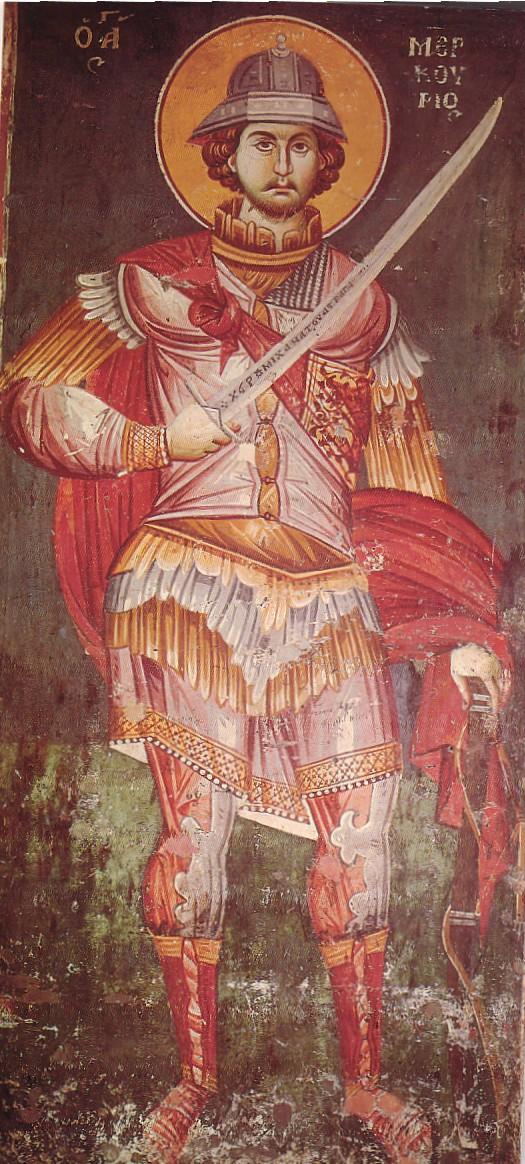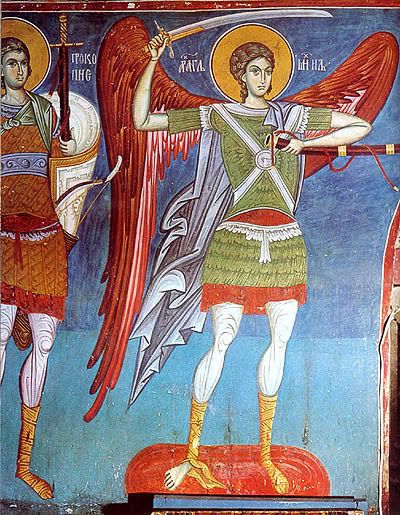Hello gentlemen,
I found the post in question :
http://forums.swordforum.com/showthr...gars#post99153
Particularly
Quote:
|
To that same degree, there is circumstantial evidence from a Byzantine missionary that the Bulgars may have switched from using a curved sword to a cruciform one as part of the conversion process to Christianity.
|
Teodor any idea who was the missionary or what he might be talking about?
*SPECULATION TIME!*
Personally , I am only vaguely familiar with the pre 1000 A.D. era , but as far as the byzantine sabre ( the so called "paramerion" ) is concerned (and depicted in art) there seems to be some degree of "christianization". To put it differently, the adoption of a more western/byzantine crossguard on a sabre/backsword/pallash/whatever-non-straight-double-edged blade seems to be somewhat visible (well, at least in art).
Note the crossguards (and perhaps even the lack of yelmen) which might (or not) have been a feature of adoption and "christianization" of a foreign weapon.

St-Mercurius circa 1295, Macedonia.
Look at the crossguard which resembles that of the straight period-byzantine swords.

Frescoe from Pec (Serbia, at the time vassal of the Byzantines) painted circa 1316. This fabulous picture sports both a gently curved (minus a yelmen) sabre and a straight sword ; both having a very similar (albeit not identical) gilded hilts (interesting to note is the somewhat peculiar "gilded" first-quarter of the sabre's false-edge).
Perhaps it was similar with the Danube Bulgars/Bulgarians

Cheers,
Samuel